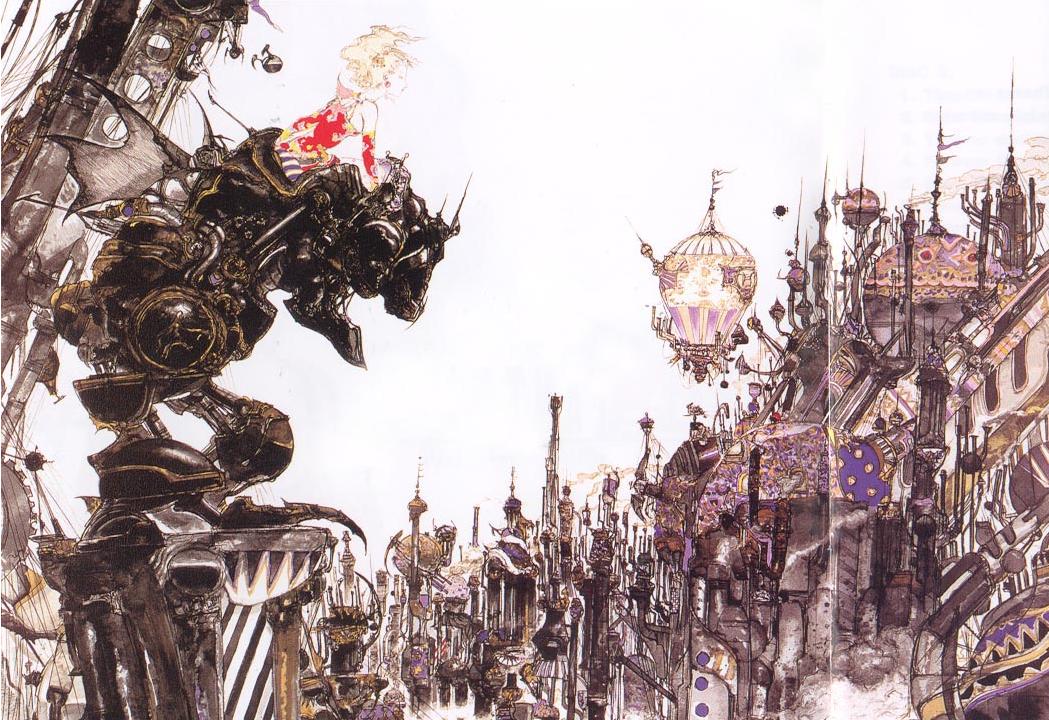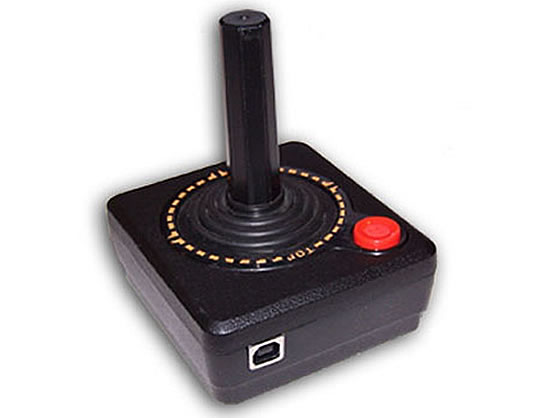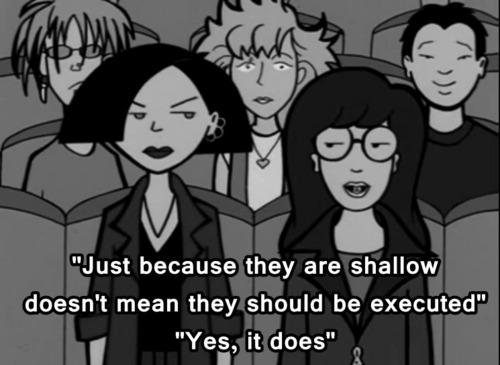From generalist to specialist
I've always been told that having a huge interest in everything is a good thing. Wanting to learn every bit of random information is besides fun also expanding a lot of your knowledge and maybe even skills.
It could come in handy in projects for research or approach. Then I went to Dublin got taught Coding, Game-design and to some frustration of others game-art. And I didn't particularly enjoy coding i've managed through things and got told/taught that it's good to have an understanding of all the roles in game development. Regardless of whether I will ever use it again it makes understanding and especially communicating with someone else ( a coder for example) A hell of a lot easier. It helps out understanding how engines work, the possible downfalls of certain approaches and even helps with solutions. Then I moved to England and started this course at DMU ( Game-Art and design for those that don't know) Here i've first heard the term of being able to have knowledge in a T-shape.
Now I hear people thinking a T shape ? Yes... a T shape. It means knowing a bit of everything and specialize in one thing, Game-Art in my case. It is also the reason why we're being told to update a blog and research certain area's within the games development. It's not always as fun but helps us understand the industry a lot better.
Now talking about the industry a lot of publishers like for example Activision have studio's to make their games. Those studio's are often specialized in what they do but..... what if their not ? What if a deadline approaches and there's still plenty of assets to be made. What if there's certain functions and the programmers don't have the knowledge or specialisation in solving it. A studio can often then decide to outsource some of the work to other smaller and specialized companies. These companies often only do small bits and pieces and make sure their good at what they do and what they do they do best.
An example i found would be: Blackbow Which is a small company in China that has worked on several AAA titles making assets and/or characters for example: Age of empires III making hundreds of characters or Golden compas by making characters / lods and several props.
they can be found here : http://www.blackbowsoft.com/
Or 3pointstudios which has had a good thing going with Bethesda softworks by making the weapons.
they can be found here : http://www.3pointstudios.com
Unfortunately outsourcing can also be used for the wrong reasons when for example it's being done for cheaper labour. People could easily lose jobs or control over their own product. a very good read on this can be found here:
http://www.forbes.com/sites/freekvermeulen/2010/11/16/the-hidden-dangers-of-outsourcing/
where the writer: Freek vermeulen writes about how IBM tried to outsource everything only to put a stamp on it and by accident created a powerfull alliance between Intel and Windows.
So outsourcing has it's good and it's bad sides.
I've always been told that having a huge interest in everything is a good thing. Wanting to learn every bit of random information is besides fun also expanding a lot of your knowledge and maybe even skills.
It could come in handy in projects for research or approach. Then I went to Dublin got taught Coding, Game-design and to some frustration of others game-art. And I didn't particularly enjoy coding i've managed through things and got told/taught that it's good to have an understanding of all the roles in game development. Regardless of whether I will ever use it again it makes understanding and especially communicating with someone else ( a coder for example) A hell of a lot easier. It helps out understanding how engines work, the possible downfalls of certain approaches and even helps with solutions. Then I moved to England and started this course at DMU ( Game-Art and design for those that don't know) Here i've first heard the term of being able to have knowledge in a T-shape.
Now I hear people thinking a T shape ? Yes... a T shape. It means knowing a bit of everything and specialize in one thing, Game-Art in my case. It is also the reason why we're being told to update a blog and research certain area's within the games development. It's not always as fun but helps us understand the industry a lot better.
Now talking about the industry a lot of publishers like for example Activision have studio's to make their games. Those studio's are often specialized in what they do but..... what if their not ? What if a deadline approaches and there's still plenty of assets to be made. What if there's certain functions and the programmers don't have the knowledge or specialisation in solving it. A studio can often then decide to outsource some of the work to other smaller and specialized companies. These companies often only do small bits and pieces and make sure their good at what they do and what they do they do best.
An example i found would be: Blackbow Which is a small company in China that has worked on several AAA titles making assets and/or characters for example: Age of empires III making hundreds of characters or Golden compas by making characters / lods and several props.
they can be found here : http://www.blackbowsoft.com/
Or 3pointstudios which has had a good thing going with Bethesda softworks by making the weapons.
they can be found here : http://www.3pointstudios.com
Unfortunately outsourcing can also be used for the wrong reasons when for example it's being done for cheaper labour. People could easily lose jobs or control over their own product. a very good read on this can be found here:
http://www.forbes.com/sites/freekvermeulen/2010/11/16/the-hidden-dangers-of-outsourcing/
where the writer: Freek vermeulen writes about how IBM tried to outsource everything only to put a stamp on it and by accident created a powerfull alliance between Intel and Windows.
So outsourcing has it's good and it's bad sides.
















